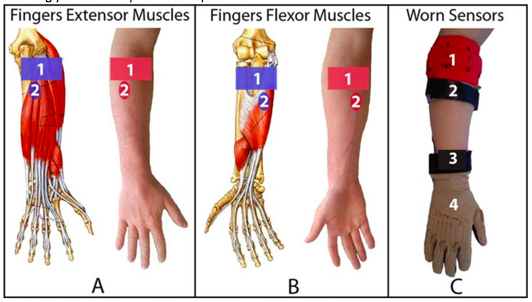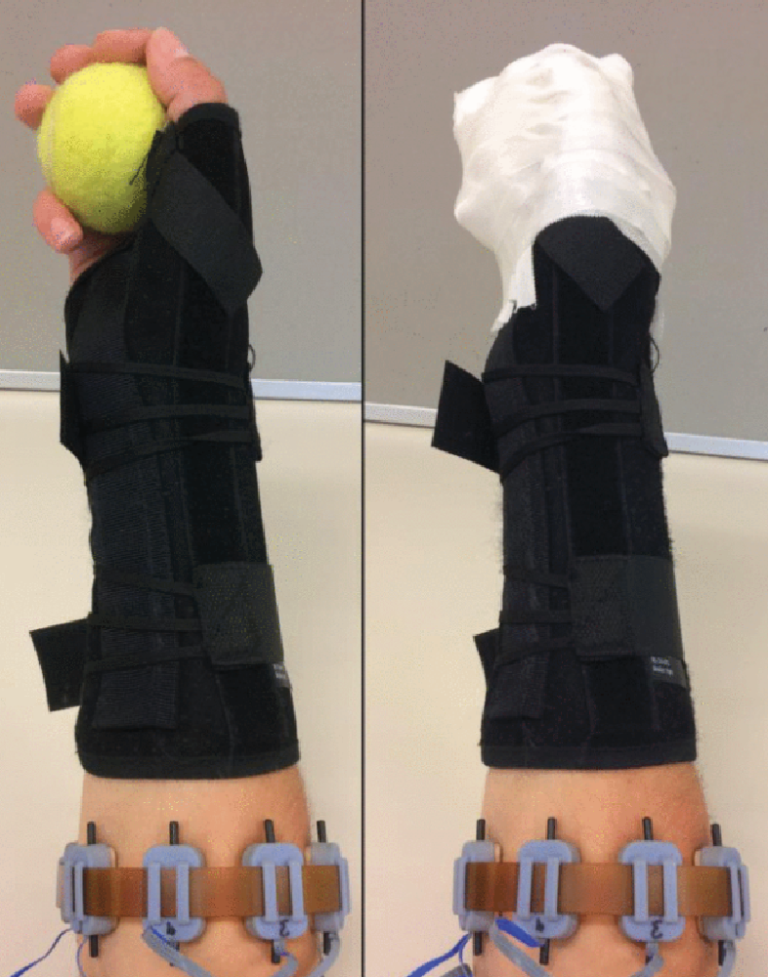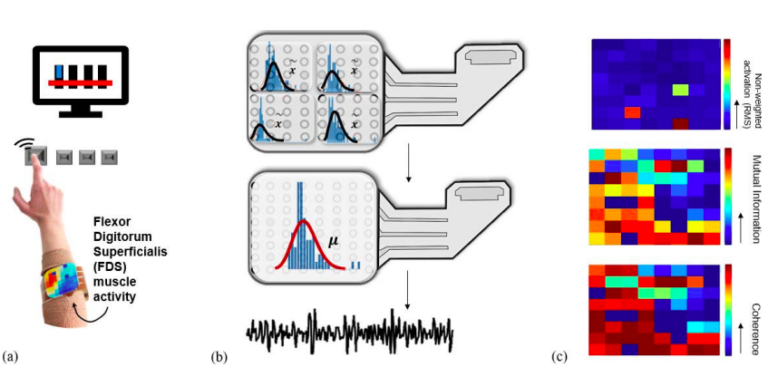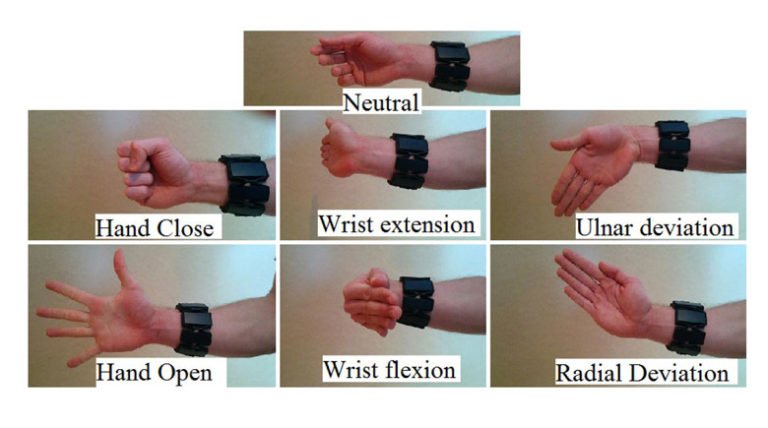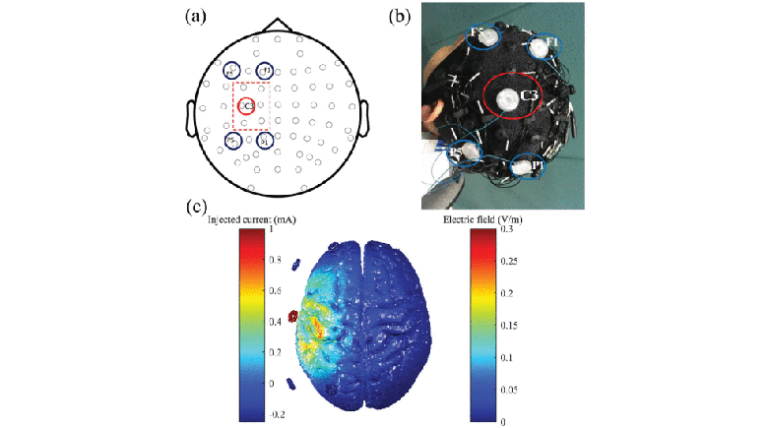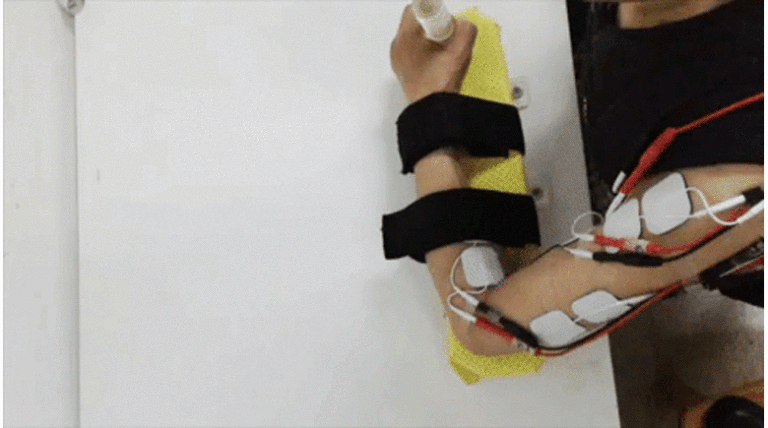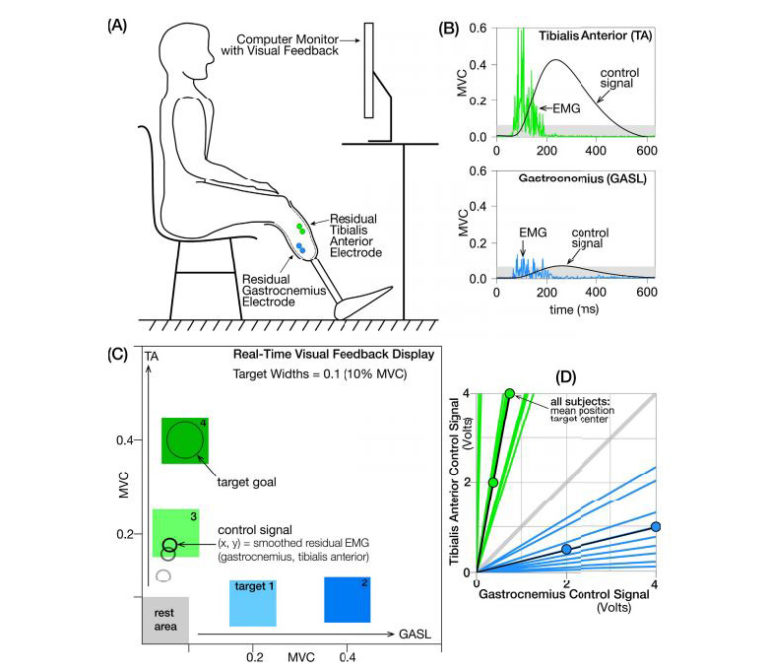In this paper, we characterize the Ninapro database and its use as a benchmark for hand prosthesis evaluation. The database is a publicly available resource that aims to support research…
read moreAbstract:Stroke is the leading cause of disability among adults in the United States. Behaviors such as learned nonuse hinder hemiplegic stroke survivors from the full use of both arms in…
read moreIn recent years, deep learning algorithms have become increasingly more prominent for their unparalleled ability to automatically learn discriminant features from large amounts of data. However, within the field…
read moreHigh-definition transcranial direct current stimulation (HD-tDCS) is a potential neuromodulation apparatus for stroke rehabilitation. However, its modulatory effects in stroke subjects is still not well understood. In this paper,…
read moreFunctional electrical stimulation (FES) is capable of activating muscles that are under-recruited in neurological diseases, such as stroke. Therefore, FES provides a promising technology for assisting upper-limb motor functions…
read moreDiscrete, rapid (i.e., ballistic like) muscle activation patterns have been observed in ankle muscles (i.e., plantar flexors and dorsiflexors) of able-bodied individuals during voluntary posture control. This observation motivated…
read more
